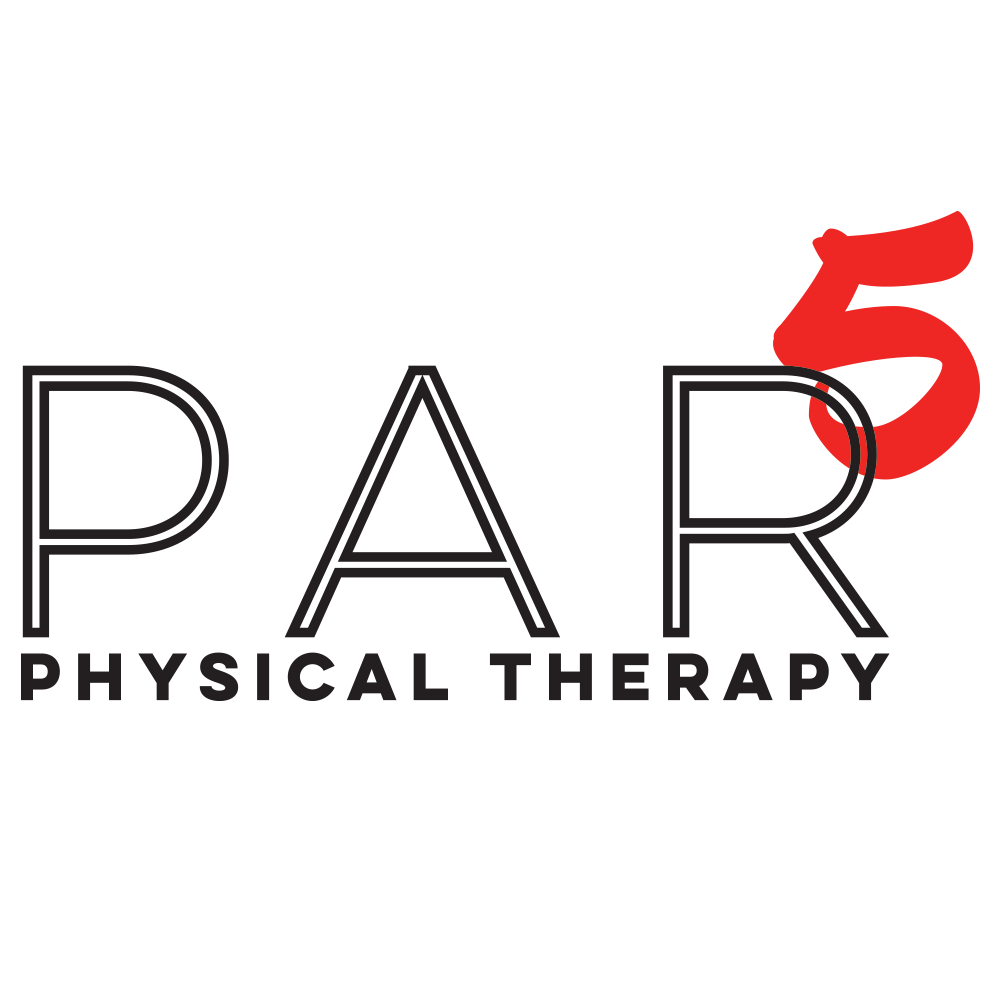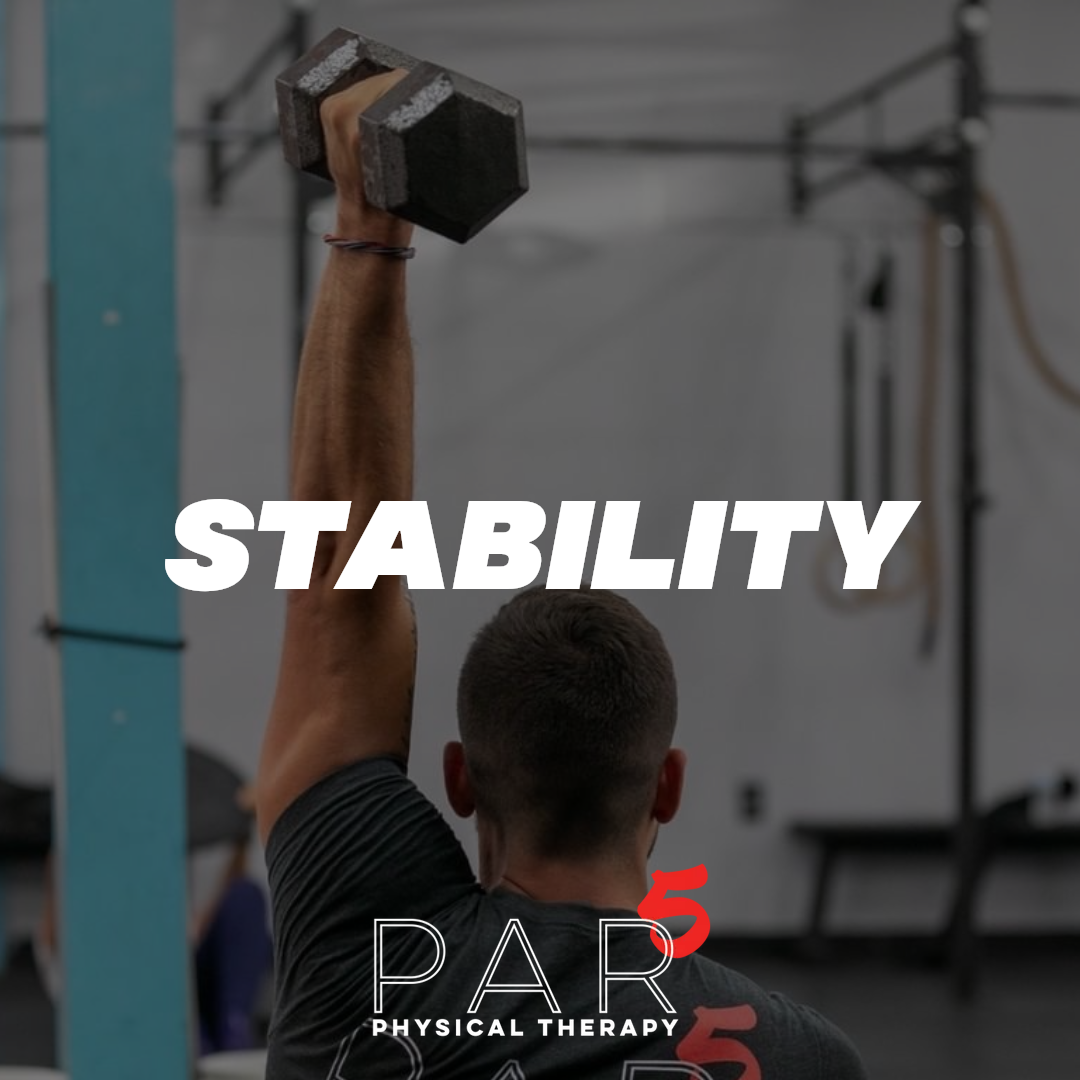Stability: The second PAR5PT pillar
Stability, as a core pillar of the PAR5PT framework, is essential for maintaining control and support during movement. Stability involves the ability to keep joints and muscles steady and aligned, particularly during dynamic activities.
A strong foundation of stability is crucial for preventing injuries, improving performance, and ensuring functional movement in daily activities. This pillar emphasizes strengthening the muscles around joints, particularly the core and trunk muscles, to provide the necessary support and control.
Let's explore the importance of stability, the factors that affect it, and the various techniques used to enhance it within the PAR5PT philosophy.
Importance of Stability
Stability is vital for several reasons:
Injury Prevention: Strong and stable joints are less prone to injuries. Stability exercises help protect the body from strains, sprains, and other injuries by ensuring that joints move in their proper alignment.
Enhanced Performance: Athletes and active individuals benefit from improved stability, which allows for more powerful and efficient movements. Stability is essential for explosive actions, balance, and coordination in sports.
Functional Movement: Everyday activities such as walking, lifting, and bending require stability to perform safely and effectively. Improved stability ensures that these movements are performed with proper mechanics, reducing the risk of injury.
Pain Reduction: Many chronic pain conditions, such as lower back pain, are associated with instability and weakness in the muscles supporting the spine. Stability training can alleviate pain by strengthening these muscles and improving posture.
Posture and Alignment: Stability exercises promote proper posture and alignment by strengthening the core and other stabilizing muscles. This helps prevent musculoskeletal imbalances and associated discomfort.
Factors Affecting Stability
Several factors can influence an individual's stability:
Muscle Strength: Weak muscles, particularly in the core and around joints, can compromise stability.
Proprioception: The body's ability to sense its position in space, known as proprioception, is crucial for maintaining stability. Impaired proprioception, often due to injury or neurological conditions, can affect balance and coordination.
Neuromuscular Control: The nervous system's ability to coordinate muscle activity is essential for stability. Impaired neuromuscular control can lead to poor movement patterns and instability. (More on this in future posts)
Flexibility: While flexibility is important for mobility, excessive flexibility without adequate strength can lead to instability.
Age and Health Conditions: Aging and certain health conditions, such as arthritis and osteoporosis, can affect stability by weakening muscles and joints.
Practices to Enhance Stability
We use a variety of techniques to improve stability, tailored to the specific needs of each patient. These techniques include:
Core Strengthening Exercises
Purpose: Strengthen the muscles of the abdomen, lower back, hips, and pelvis to support the spine and maintain proper posture.
Method: Exercises such as planks, bridges, abdominal crunches, and leg raises target the core muscles. These exercises can be performed in various positions (e.g., prone, supine, side-lying) to challenge the core from different angles.
Proprioceptive Training
Purpose: Enhance the body's ability to sense its position in space and improve joint stability.
Method: Exercises such as balance boards, stability balls, and single-leg stands challenge proprioception and improve stability. Therapists may also use tools like wobble boards and BOSU balls to create an unstable surface that requires greater neuromuscular control.
Functional Movement Training
Purpose: Improve stability during everyday activities by mimicking real-life movements.
Method: Exercises that simulate functional tasks, such as squats, lunges, and lifting movements, help improve stability in a practical context. These exercises often involve multiple joints and muscle groups, enhancing overall stability and coordination.
Resistance Training
Purpose: Strengthen muscles around the joints to support and stabilize them.
Method: Using weights, resistance bands, or body weight to perform exercises like squats, lunges, deadlifts, and shoulder presses. Progressive resistance training, where the weight or resistance is gradually increased, helps build muscle strength and endurance.
Balance Training
Purpose: Improve the body's ability to maintain equilibrium. This builds on the next PAR5PT concept. (more info in future posts)
Method: Balance exercises, such as standing on one leg, heel-to-toe walking, and using balance boards, challenge the body's stability systems. These exercises help improve both static and dynamic balance, enhancing overall stability.
Postural Training
Purpose: Promote proper alignment and posture to enhance stability.
Method: Exercises that strengthen the muscles of the back, shoulders, and core, such as rows, shoulder presses, and chin tucks. Therapists may also teach patients proper body mechanics and ergonomic principles to maintain good posture throughout the day.
Plyometric Training
Purpose: Improve explosive strength and stability during dynamic movements.
Method: Plyometric exercises, such as jump squats, box jumps, and burpees, involve rapid and powerful movements. These exercises help enhance neuromuscular control and stability during high-impact activities.
Stabilization Drills
Purpose: Target specific joints or body parts that require additional stability.
Method: Exercises that focus on stabilizing a particular joint, such as shoulder stabilization drills, hip stabilization exercises, and knee stabilization routines. These drills often involve holding positions or performing slow, controlled movements.
Incorporating Stability into a Comprehensive Plan
In the PAR5PT framework, stability is integrated with the other pillars—mobility, balance, coordination, and manual therapy—to create a comprehensive treatment plan. This ensures that improved stability translates into better overall function and performance.
It is a critical component of the PAR5PT philosophy, essential for preventing injuries, improving performance, and ensuring functional movement. By addressing stability through various techniques and integrating it into a holistic treatment plan, we can help patients achieve greater control, support, and alignment in their movements.
Embracing the pillar of stability within the PAR5PT framework ensures that patients receive comprehensive care that addresses their unique needs and promotes long-term health and well-being. This approach not only addresses immediate concerns but also provides a strong foundation for future physical activities and overall quality of life.
PAR 5 Physical Therapy specializes in helping active individuals in Morris County, NJ get back to exercising and working out pain-free without taking time off or relying on injections/pain medication. PAR5PT offers physical therapy and performance services to all populations, with specialties in Orthopedics, Golf Fitness Training and Rehab, Manual Therapy Techniques, and Wellness Services.
If you’re dealing with anything, big or small, and you have questions, just call/text 973-490-4955.

